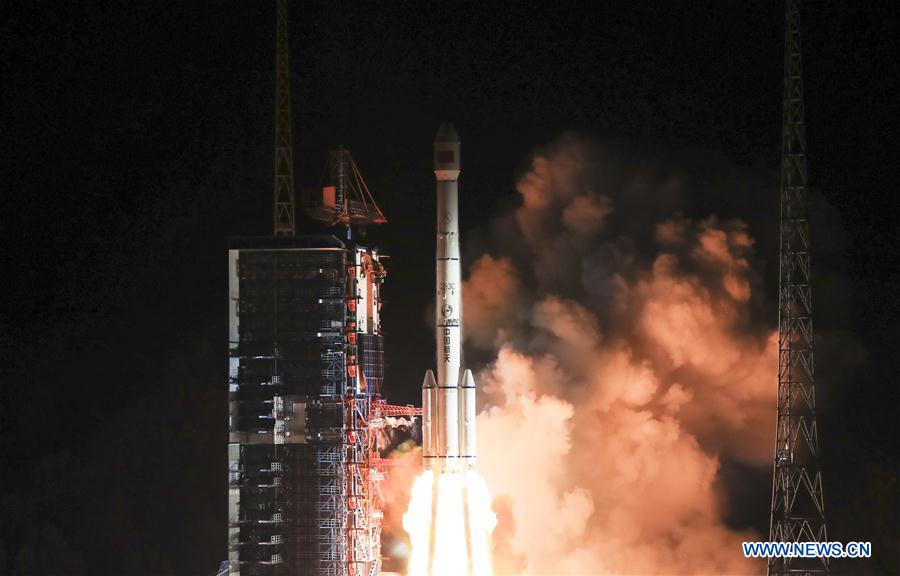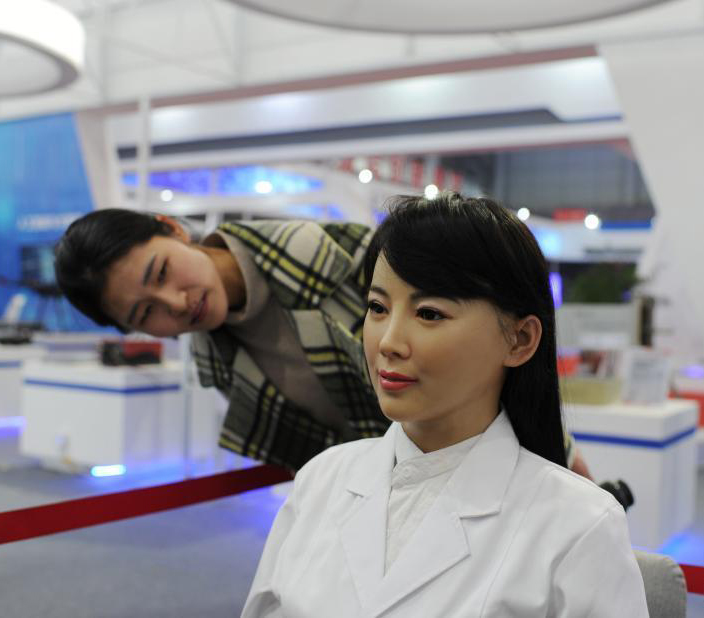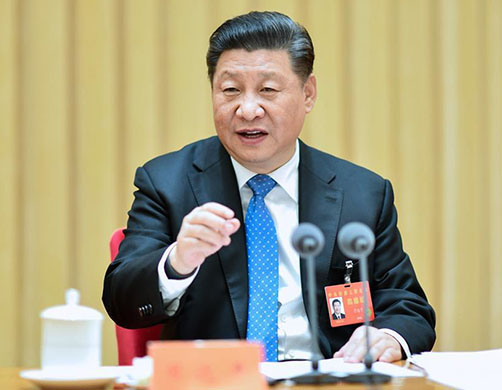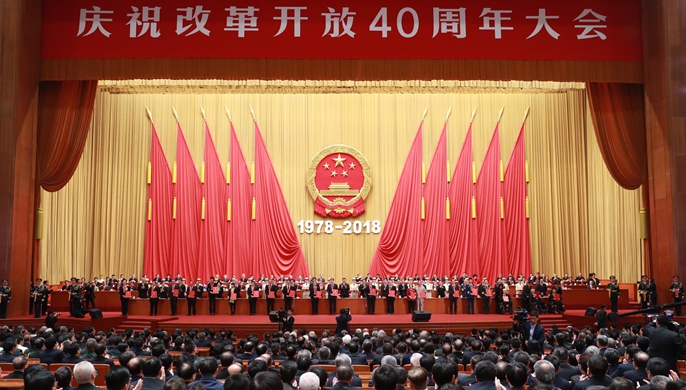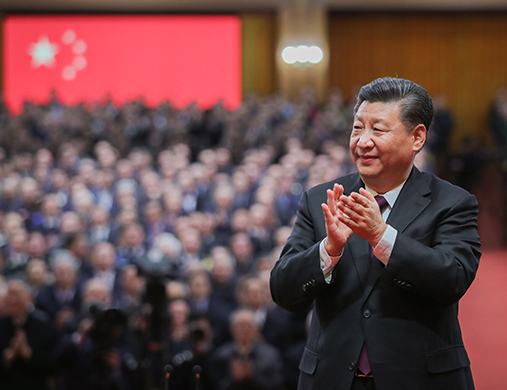High-tech seen as key to industrial upgrade
China aims to maintain stable industrial growth in 2019 by cultivating a more robust domestic market and further leveling the playing field for foreign and private enterprises, the nation’s top industry regulator said on Friday.
The plan came as the nation’s industrial output, an economic indicator measuring industrial activity, is forecast to expand by 6.3 percent in 2018, meeting the target of around 6 percent growth for this year.
The Ministry of Industry and Information Technology said it will step up the push to boost information product consumption and nurture high-tech industries such as wearables, drones and service robots in 2019.
“We will guide local governments to build a number of model cities in spurring consumption and roll out policies to promote the development of high-definition video and internet of vehicles,” said Miao Wei, minister of industry and information technology, at the ministry’s annual work conference, which concluded on Friday.
According to Miao, the ministry will also implement policies to expand market access for the shipbuilding, automobile and aircraft sectors, and further multilateral cooperation in equipment manufacturing and information infrastructure construction.
His comments came after China managed to keep industrial growth on track this year, despite trade conflicts among major economies that have had a negative impact on China’s domestic economy.
In 2018, China’s manufacturing investment growth rebounded significantly, with dozens of intelligent manufacturing pilot projects established and the software and information technology service sector forecast to record 15 percent year-on-year growth.
Wang Peng, deputy director of the China Center for Information Industry Development, said that although retail sales growth in consumer electronics slowed in 2018, the Ministry of Industry and Information Technology’s efforts to bring a more robust domestic market will help buoy consumption in information products.
“Also, the maturity of fifth-generation mobile communication technology next year will also spur consumers to buy more cutting-edge devices,” Wang said.
The ministry said on Friday that research and development of commercial 5G products will be accelerated in 2019, in order to lay down a better telecommunications infrastructure for industrial upgrading.
It also aims to make a fresh push to marshal the country’s high-end manufacturing power by strengthening the in-depth integration of cutting-edge technologies into traditional sectors.
Qu Xianming, with the National Manufacturing Strategy Advisory Committee, said the goal to move up the industrial value chain is gaining steam across the country, which can play an effective role in buoying the country’s industrial economy.
From January to November, the output of China’s high-tech manufacturing industry expanded by 11.8 percent year-on-year, outdoing overall industrial output growth, according to data from the National Bureau of Statistics.
Bai Ming, a researcher at the Chinese Academy of International Trade and Economic Cooperation, said China is welcoming foreign and private enterprises to enter more key sectors, which will inject new vitality into the country’s industries.
Tibet Stories

Happiness and hope brought by local enterprises
On a small road in front of Raba village, villagers talk and laugh in small groups, their fa...
Latest News
- Egypt uncovers intact 4,400-year-old pharaonic tomb near Giza pyramids
- UN climate conference adopts rulebook for implementing Paris deal
- Service of Chinese Americans in World War II to be formally recognized
- Germany suffers severe Santa shortage as Christmas draws near
- 7-year-old in good health, border agents said; then she died

